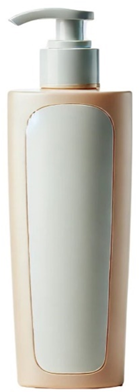Sunscreens
- Industrial Pharmacy I
- Jan 17
- 2 min read
Definition of Sunscreens:
Sunscreens are topical formulations that protect the skin from harmful UV radiation.

Formulation Goals
Protection: Provide broad-spectrum protection against UV-A and UV-B radiation.
Aesthetic Acceptability: Non-greasy, non-whitening, and cosmetically elegant.
Stability: Maintain efficacy upon exposure to light, heat, and over time.
Skin Compatibility: Minimize irritation and allergic reactions.
Types of Sunscreens: Physical vs. Chemical
1) Physical (Mineral) Sunscreens
Active Ingredients: Titanium dioxide, zinc oxide.
Mode of Action: Reflect or scatter UV light.
Challenges: White cast; micronized or nano-sized particles improve appearance.
2) Chemical Sunscreens
Active Ingredients: Avobenzone (UV-A), octinoxate, octocrylene (UV-B).
Mode of Action: Absorb UV radiation, dissipate as heat.
Challenges: Photodegradation; stabilized with antioxidants and UV absorbers.
Key Ingredients:
UV Filters:
Physical Filters: Reflect UV rays (e.g., titanium dioxide, zinc oxide).
Chemical Filters: Absorb UV rays (e.g., avobenzone, oxybenzone).
Emollients: Provide moisturizing properties (e.g., shea butter, glycerin).
Preservatives: Prevent microbial growth.
Antioxidants: Protect skin and stabilize the product.
Processing/Preparation Methods
Phase Preparation:
Oil Phase: Heat lipophilic ingredients (oil-soluble UV filters, emollients) to 70–80°C.
Aqueous Phase: Dissolve water-soluble ingredients (humectants, preservatives) with controlled heating.
Emulsification: Combine oil and water phases under high-shear mixing at a common temperature to form an emulsion.
Active Ingredients:
Chemical Sunscreens: Add UV filters to the oil phase or encapsulate for stability.
Physical Sunscreens: Carefully disperse titanium dioxide or zinc oxide to avoid clumping.
Cooling and Homogenization: Gradually cool while stirring to stabilize the emulsion.
Final Adjustments: Add heat-sensitive ingredients, adjust pH, and perform a final homogenization.
Packaging: Fill into airless pump bottles or tubes to prevent oxidation and contamination.


